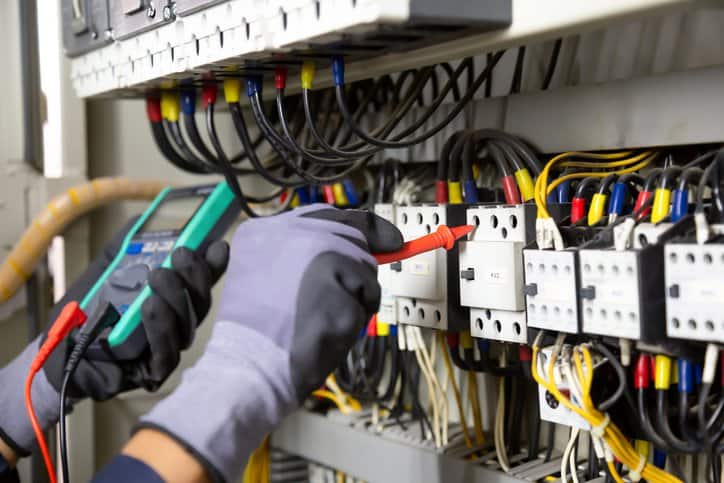Did you know the term electricity stems from the Greek word elektron, which means amber? This is a reference to the experiments Thales of Miletus, a Greek philosopher, performed by rubbing pieces of amber with fur, resulting in the discovery of static electricity. IEEE 519-2022: IEEE Standard For Harmonic Control In Electric Power Systems provides guidance in the design of power systems.
How was Electricity Discovered? – The Electric Catfish
Although Benjamin Franklin is largely accredited for the discovery of electricity from his kite experiment during a thunderstorm in 1752, electricity was actually discovered in 2750 BCE by Ancient Egyptians. Ancient Egyptians used electric fish to treat ailments like headaches and gout, in hope that the powerful shock of the electric fish would cure patients with these ailments. They revered the electric catfish (Malapterurus electricus) the “thunderer of the Nile,” the protector of fish. Its maximum charge of 350 volts can stun prey, deter predators, and deliver a nonlethal yet painful shock to humans.
IEEE 519-2022 Standard for Harmonic Control in Electric Power Systems
IEEE 519-2022 establishes goals for the design of electrical systems that include linear loads and nonlinear loads. The standard describes the voltage and current waveforms that exist throughout the system, specifies waveform distortion goals for the system designer, and details the interface between sources and loads. The voltage and current distortion limits in IEEE 519-2022 apply at the user point of common coupling (PCC) to overall installation containing harmonics.
- Linear loads: Electrical loads that do not produce harmonic distortion (e.g., incandescent lamp, motors, and transformers).
- Nonlinear loads: Electrical loads that produce harmonic distortion (e.g., fluorescent lamp, PC and TV, and printers).
- Point of common coupling (PCC): The point on a public electrical power system that is connects to the utility’s electric system, such as the electric power revenue meter or premises service transformer. The PCC is a point located upstream of the considered installation.
- Harmonics (harmonic components): Voltages or currents that are integer multiples of the fundamental power frequency, produced by the action of non-linear loads like rectifiers, discharge lighting, or saturated magnetic devices. IEEE 519-2022 defines harmonics as components of order greater than one of the Fourier series of a periodic quantity; for example, in a 60 Hz system, the harmonic order 3, also known as the “third harmonic,” is 180 Hz.”
Harmonics can cause two main problems—overheating and unwanted current—that can lead to disoperation of equipment, such as disturbances in telephone lines and communication networks. Specifically, harmonics can cause distortion of the supply voltage, equipment overheating, nuisance tripping of circuit breakers, and misfiring of variable speed drives. For this, IEEE 519-2022 specifies harmonic control.
What is the Purpose of Harmonic Voltage Distortion Limits?
Harmonic voltage distortion limits are provided to reduce the potential adverse effects on user and system equipment. IEEE 519-2022 specifies that maintaining harmonic voltages below objectionable levels necessitates the following:
- Users limit their harmonic current emissions to reasonable values. Specifically, users should not add equipment that affects the impedance characteristic in a way that could increase voltage distortion, producing excessive voltage harmonic distortions.
- Supply system owners or operators should control the system impedance characteristics to decrease voltage distortion when necessary.
IEEE 519-2022: IEEE Standard For Harmonic Control In Electric Power Systems is on the ANSI Webstore.
